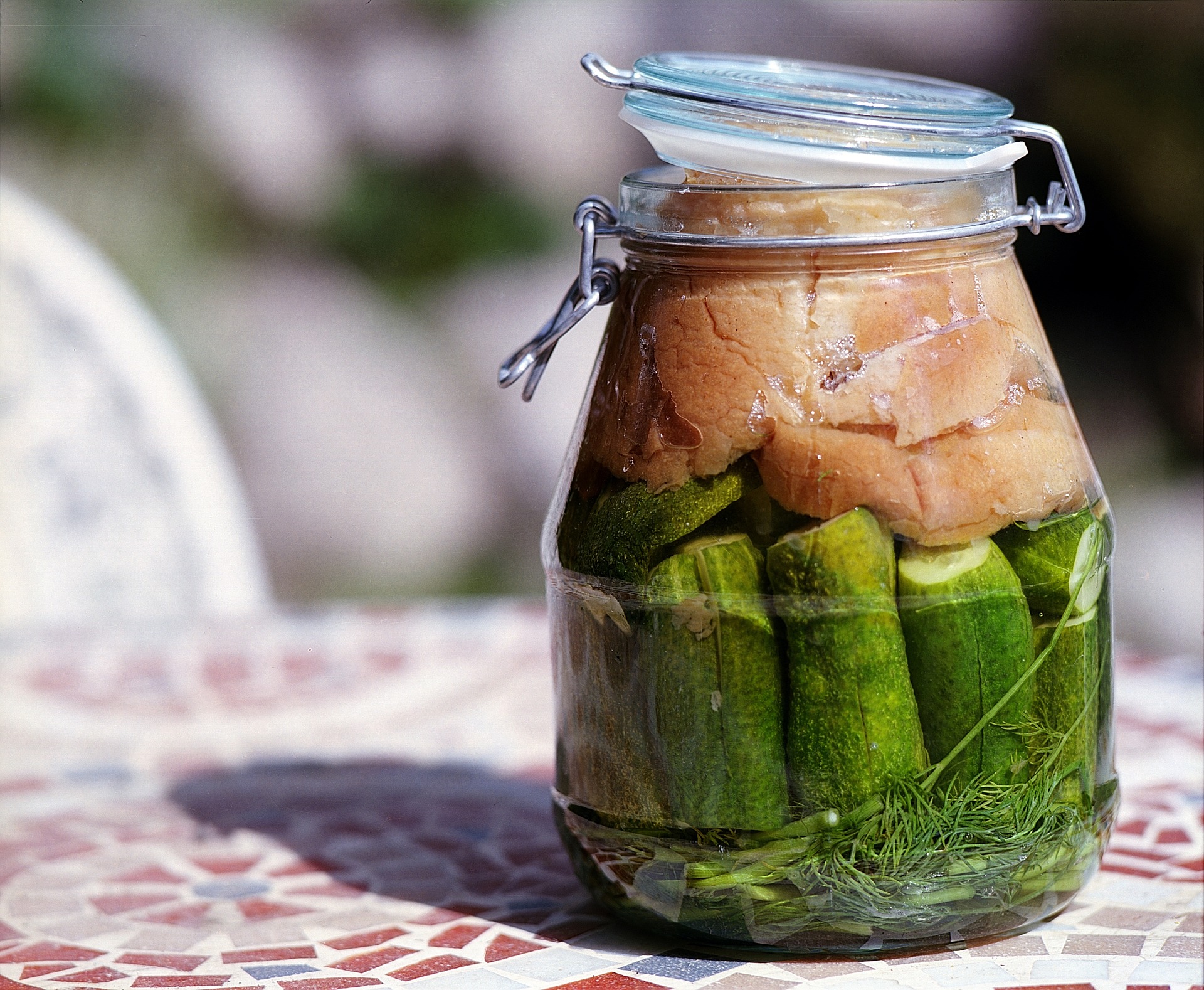Resurgence of Home Canning: A Step Towards Self-Sufficiency
Rediscovering the art of home canning has taken the culinary world by storm, providing a bridge between the past and present. This age-old practice has gained a new lease on life, offering an exciting way to preserve and enjoy seasonal produce. Read below to learn more about this fascinating food trend.

Reviving a Traditional Practice
Home canning, a method of preserving food in jars, was once a staple in many households. It fell out of favor as commercial canned goods became more readily available. However, recent trends towards self-sufficiency and sustainability have seen home canning make a resurgence. By making your own preserves, you can control the quality of the ingredients and reduce food waste, making it a healthier and more environmentally-friendly option.
The Science Behind Home Canning
Canning preserves food by creating an airtight seal that prevents the growth of bacteria, yeasts, and molds. The food is first prepared and placed into jars, then heated to kill off any microorganisms. The heat also forces out air from the jar, creating a vacuum seal as it cools. This process extends the shelf-life of the food, allowing you to enjoy seasonal fruits and vegetables all year round.
Equipment Needed for Home Canning
The basic tools for home canning include canning jars with lids and bands, a large pot with a lid, and a jar lifter. More specialized equipment like a pressure canner or a boiling water canner may be needed for certain types of food. It’s also prudent to have a reliable recipe from a trusted source, as incorrect canning procedures can lead to spoilage or even food poisoning.
Benefits of Home Canning
Home canning offers numerous benefits. It allows you to preserve the taste and nutritional value of fresh produce, control what goes into your food, and save money by buying in bulk or using home-grown produce. It’s also a great way to reduce food waste and decrease dependence on commercially canned goods. Plus, homemade preserves make excellent gifts!
Safety Considerations in Home Canning
While home canning can be a fun and rewarding process, it’s essential to follow safety guidelines to prevent foodborne illnesses. Always use fresh, high-quality ingredients and clean, undamaged jars. Follow recipes exactly, especially when it comes to processing times and temperatures. Never consume canned food that shows signs of spoilage, such as bulging lids, leakage, or an off smell.
Useful Tips and Facts: - Acidic foods like fruits and tomatoes can be canned using a boiling water canner, while low-acid foods like meat and vegetables require a pressure canner. - Always let the jars cool naturally after processing. Rapid cooling can cause the jars to break. - Store canned food in a cool, dark place for best quality.
Conclusion: The resurgence of home canning is more than just a culinary trend; it’s a step towards a more sustainable and self-sufficient lifestyle. With the right equipment and knowledge, anyone can enjoy the benefits of this traditional practice. So why not give it a try and taste the difference for yourself?




